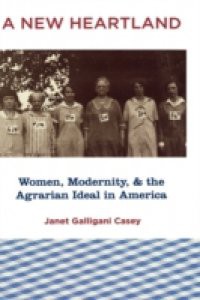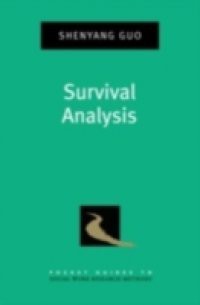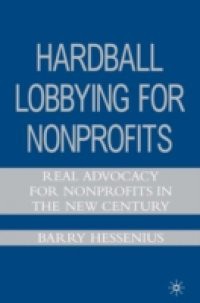Modernity and urbanity have long been considered mutually sustaining forces in early twentieth-century America. But has the dominance of the urban imaginary obscured the importance of the rural? How have women, in particular, appropriated discourses and images of rurality to interrogate the problems of modernity? And how have they imbued the rural-traditionally viewed as a locus for conservatism-with a progressive political valence? Touching on such diverse subjects as eugenics, reproductive rights, advertising, the economy of literary prizes, and the role of the camera, A New Heartland demonstrates the importance of rurality to the imaginative construction of modernism/modernity; it also asserts that women, as objects of scrutiny as well as agents of critique, had a special stake in that relation. Casey traces the ideals informing Americas conception of the rural across a wide field of representational domains, including social theory, periodical literature, cultural criticism, photography, and, most especially, womens rural fiction (low as well as high). Her argument is informed by archival research, most crucially through a careful analysis of The Farmers Wife, the single nationally distributed farm journal for women and a little known repository of rural American attitudes. Through this broad scope, A New Heartland articulates an alternative mode of modernism by challenging orthodox ideas about gender and geography in twentieth-century America.


















